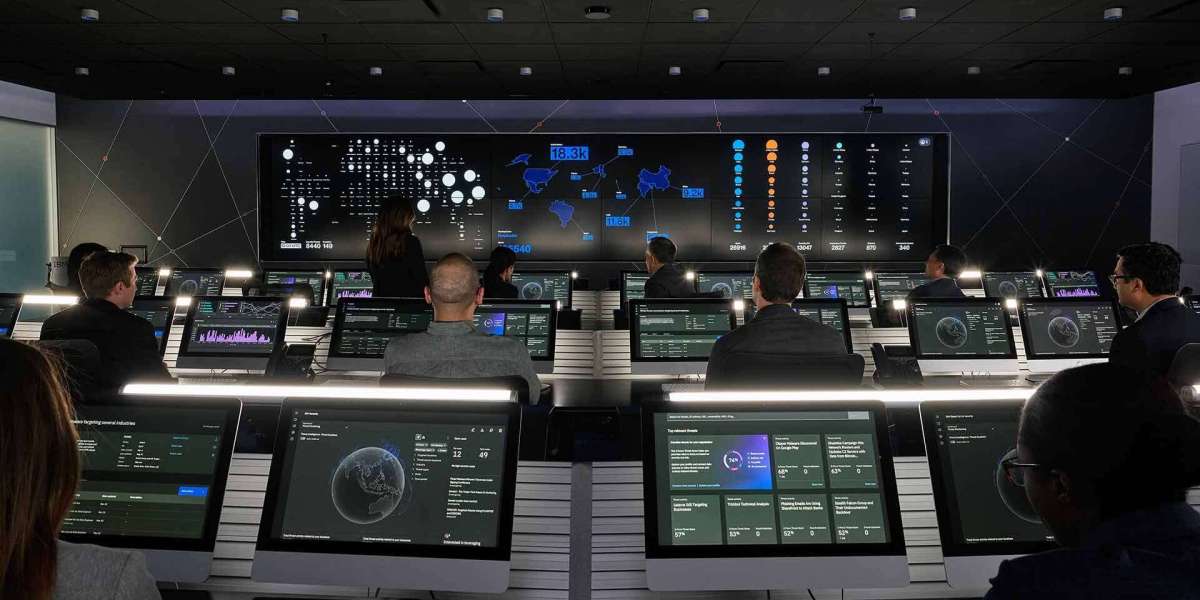Despite its vital role in global safety, the security screening market continues to grapple with a variety of pain points that hinder growth, implementation, and user acceptance. As security threats evolve and screening systems become more complex, several persistent issues—ranging from operational inefficiencies to public resistance—are posing significant obstacles for both public and private stakeholders.
Understanding these core pain points is crucial to navigating the current market landscape and shaping more effective, sustainable solutions for the future of security screening.
1. High Cost of Advanced Technologies
One of the most prominent challenges in the security screening market is the high cost associated with purchasing, installing, and maintaining modern screening systems. Advanced technologies like AI-based detection, full-body scanners, and biometric authentication systems require significant capital investment.
For smaller airports, commercial buildings, or educational institutions, the cost often outweighs the perceived benefit. This leads to underinvestment, leaving many vulnerable to modern threats or relying on outdated systems that may not meet today's standards.
2. Privacy and Ethical Concerns
As screening technologies become more intrusive—especially with the rise of full-body scanners and biometric identification—privacy concerns are increasingly raised by the public and advocacy groups. People often express discomfort with how personal data, including images and facial features, are collected, stored, or shared.
Without transparent data protection policies, many institutions face resistance from users and regulatory challenges that stall implementation. This pain point also contributes to negative public perception and decreases overall acceptance of security infrastructure.
3. Inconsistent Regulatory Standards Across Regions
There is no global standardization of screening protocols or technology requirements. What is acceptable in one country may be deemed invasive or insufficient in another. This lack of regulatory consistency creates confusion for manufacturers and delays deployment in multinational environments like international airports or global corporate offices.
Security providers must navigate a complex landscape of local laws, certifications, and compliance expectations, often requiring customized systems for each region—adding cost and operational complexity.
4. Slow Throughput and Long Queues
While accuracy and thoroughness are essential, many security screening systems struggle with slow processing times and bottlenecks, particularly during peak traffic hours. Long queues and delays not only affect customer experience but also create a logistical headache for operators.
This issue is particularly visible in transportation hubs like airports, where a poor screening process can disrupt entire schedules, causing passenger dissatisfaction and financial loss due to missed flights or extended wait times.
5. Limited Integration With Other Security Systems
Another common pain point is the lack of integration between screening equipment and broader security systems such as CCTV surveillance, access control, and cybersecurity platforms. This siloed approach limits the effectiveness of threat detection and response.
An integrated security ecosystem is essential to provide real-time data sharing, comprehensive situational awareness, and automated incident responses. However, compatibility issues and proprietary systems often hinder such integration.
6. High Maintenance and Downtime Issues
Advanced screening technologies, while powerful, often require regular calibration, software updates, and technical maintenance. Downtime caused by technical failures can severely impact operations, especially in critical areas like border control or hospital entrances.
Many facilities lack the in-house expertise to maintain such systems efficiently, leading to frequent service calls, increased costs, and potential security gaps during outages.
7. Resistance to Change and Adoption
Institutional inertia is another major barrier. Organizations often resist upgrading legacy systems due to concerns about training costs, user adaptation, or service disruption. Employees need to be retrained, IT infrastructure must be updated, and standard operating procedures may have to be rewritten.
This resistance to technological change delays market penetration for newer, more effective security solutions.
8. False Alarms and Low Accuracy Rates
While AI has improved threat detection significantly, false positives and negatives remain a concern, particularly in older systems or poorly configured environments. False alarms can cause unnecessary panic, operational delays, or even lead to wrongful accusations.
On the other hand, failure to detect actual threats can have catastrophic consequences, making accuracy not just a technical requirement but a critical trust factor.
9. User Discomfort and Inconvenience
Many screening systems are still seen as intrusive or uncomfortable by the general public. Removing shoes, emptying bags, and enduring invasive scans create friction that people associate with inconvenience or even distrust.
This experience, especially when repeated regularly in places like airports or government buildings, reduces public cooperation and contributes to negative feedback that can impact policy or investment decisions.
Conclusion
The security screening market plays a fundamental role in global safety, but its advancement is slowed by various operational, ethical, and economic pain points. These challenges impact every level of the ecosystem—from technology providers to end-users and regulatory bodies.
To overcome these hurdles, the industry must focus on cost-effective innovation, enhanced user experience, transparency in data usage, and improved system integration. Addressing these pain points not only ensures better safety outcomes but also fosters public trust, operational efficiency, and long-term market growth.







